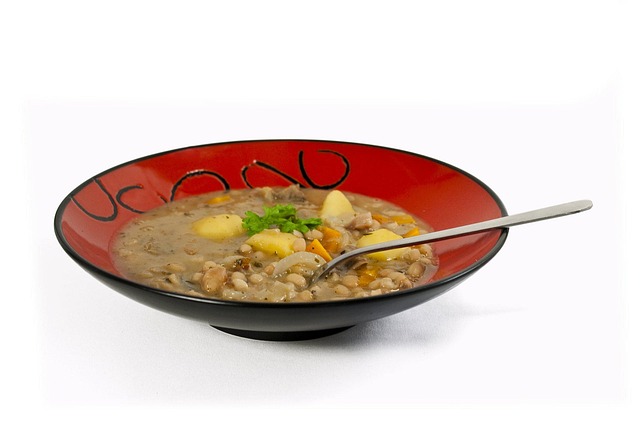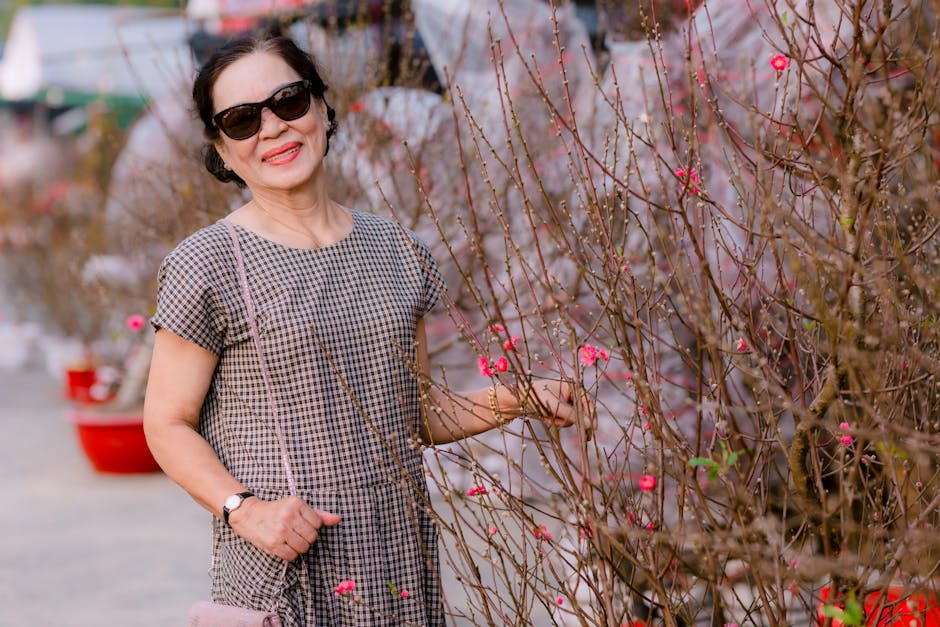This article was produced by National Geographic Traveller (UK).
“This is food for the soul, not the body” says Pili Ramos, owner of Los Pomares, a neighbourhood restaurant and cider house in the coastal city of Gijón. We’re sitting among crowded pavement tables, the scent of cider misting the air as her brother Jorge lifts a bottle at arm’s length above his head to pour sweet-sharp amber fluid into a glass. “He’s a cider-pouring champion,” says Pili. Cider is somewhat of a religion here; Asturias produces 40 million bottles a year.
The northwesterly province on Spain’s lush green Costa Verde is a rural region revered for its slow-food practices and hearty cuisine. And its culinary excellence is led by a special group of women. Pili, wearing a white chef’s jacket emblazoned with the logo Club de Guisanderas, is one of these gastronomic guardians.


Seafood and cider go hand in hand at Los Pomares, the restaurant run by guisandera and chef Pili Ramos.
Photographs by Anna Huix
Set up nearly 30 years ago, the club comprises 40 female cooks who promote and preserve local cuisine, its name derived from the word guiso (stew). Originally, every village would have had a guisandera, likely an older woman who knew how to make the dishes key to Asturian food tradition, and would be called upon for celebrations or to soothe the sick. Their once-dwindling numbers have been revived by the club. “I get excited by guisos,” says Pili. “I grew up surrounded by women and the recipes come from them.”
Everyone seems to know Pili. The neighbour across the street who’s opened her window from two floors up converses with her. Pili’s unflappable, eyes on the kitchen — who are working flat out — while chatting amiably.
“You want more cider?” she asks me, as dishes start to arrive at my table. This being a port city, plates include plenty of fish: a large tuna salad and fresh grilled sardines with glimmering charred skin, followed by generous pieces of hake drizzled with olive oil. “You haven’t eaten anything,” exclaims Pili as I look, wide-eyed, to my near-empty plates. “I’ll just give you one more small thing.” And so arrives tender, slow-cooked ox cheeks in gravy accompanied by creamed potato. Small and light it’s not, but it’s lovingly cooked and irresistible. “Food that gives you feeling is what we do,” Pili continues, “like a warm hug.”

Berry growing has a long tradition in Asturias, where El Malaín farm makes exemplary berry ice creams.
Photograph by Anna Huix
Full of beans
Asturias is a land carved by coal mining, forged by steel making and sustained by fishing and farming. My route just inland to the village of Villayón cuts through luscious patchworks of green hills and valleys specked with cattle. I’m on the lookout for El Torneiro, a restaurant owned and run by Mirta Rodríguez, the newest member of the Club de Guisanderas. She welcomes me with a wide smile and tells me to take a seat at the bar so we can chat while she keeps an eye on the kitchen. “Here’s something to snack on,” she says, handing me a family-sized portion of empanada with ox meat and red peppers. “We slow cook the ox for three to four hours,” Mirta continues, while pouring me a chilled white wine from the nearby Atlantic breeze-buffeted mountains of Cangas. The pastry is crisp and crumbly and the meat divinely tender, perfect with the minerally wine.
We move to the dining room where a few couples are already feasting on giant pote, the most esteemed of Asturian stews. I’m full, but I know that the pote is imminent and Mirta soon appears with it as if carrying a crown — fitting for one of the jewels of Asturian cooking. The lid comes off with the flair of a magician’s ‘ta-da’ and the scent of rich meaty broth rushes towards me. Inside is a slow-cooked stew of potatoes, large white, buttery Asturian beans, meat and rich broth. Depending on your taste — or your grandmother’s recipe — you might add cabbage or other vegetables. In this one, Mirta tells me, are navizas — turnip greens. The accompanying plate contains the meat that’s been slow cooking in stew for hours: chorizo, black pudding, pork belly and crispy pig’s ear.
I’m in stew heaven and begin to understand why this dish is so cherished. Torneiro means wood turner or carpenter, a nod to the restaurant’s former occupants. Mirta tells me that one of the jobs of the torneiro was to make madreñas, clogs that were carved from a single piece of wood and worn as an overshoe. I can imagine pote was a nourishing meal after a day of cattle rearing or wood turning.
“It’s a recipe from my village,” Mirta adds, nodding to the stew. She’s had no formal training and tells me that being recently bestowed the title of guisandera is a true honour. “My food is slow food but good food, tradition mixed with a bit of evolution.” It’s also satisfyingly snooze-inducing, but I’ve a lot more to explore. Mirta suggests that I might want to stop at the waterfalls nearby or venture on a hike in the countryside — the perfect terrain to work off a rib-sticking stew.

The wines at Bodega Monasterio de Corias are much preferred locally to cider.
Photograph by Anna Huix
Taken with the wine Mirta served me, I instead head to Corias, a tiny village on the Narcea River an hour south. The neat slopes woven with vines rake down to a fortress-like building on the valley floor. The Abbey of San Juan Bautista de Corias, a former Benedictine monastery, was restored as a plush hotel in 2013. The winery next door takes its name and I’m met here by oenologist Andrea González, for a stroll around the vineyards.
“Albarín Blanco, Verdejo Negro, Carrasquín…” Andrea nods at the varietals that proliferate on these sunny slopes. “This area has always been more into wine than cider.” In the tasting room, Corias Guilfa Albarín Blanco catches my palate’s attention with its notes of citrus and tropical fruit. But there’s something else — a toasty, nutty flavour that I can’t place. Andrea helps me out. “The wine is matured in barrels made from Asturian chestnut trees. It gives something different.” I’m sold, and stock up on a bottle from the shop downstairs. “This is the only place in Asturias that grows grapes and some of our vines are over 100 years old. That’s what makes our wines so special,” Andrea adds.
Family and fabada
“We recently celebrated our 100th anniversary,” says Blanca Menéndez at Casa Lula in Tineo, a town deep in the countryside half-an-hour north of Corias. Blanca is a guisandera, as is her mum, Mayte Álvarez, who’s sitting next to her nodding approvingly. “We once had 600 guests, so I put a message on the guisanderas’ WhatsApp group asking if anyone could help,” Blanca continues. “In minutes, 12 volunteers were at the door ready to cook. That’s how we are, the guisanderas, we help each other.” Similar stories come at a gunfire rate in a verbal tennis match between mother and daughter. Blanca never planned to be a cook, but with her great-grandparents opening the restaurant and it being handed down, it was sort of destined. “Right!” she declares, calling a hiatus to the back story. “You must be starving.”


Guisanderas Mayte Álvarez and Blanca Menéndez are the mother-daughter duo behind Casa Lula, where visitors can taste the best of local cooking such as hake stew with potatoes and garlic.
Photographs by Anna Huix
I’m served slices of homemade chorizo, chosco (tongue sausage) and fabada — a classic in the pantheon of Asturian bean stews. This is followed by mince beef-filled cabbage rolls and a rice pudding that sings of Tineo’s pastures. Such food has had something of a meteoric rise since the club was formed in 1997. Travelling to food shows, it’s won prizes including the silver Medal of Asturias. Today, top-rated chefs laud this cooking, but as Blanca says, wryly: “You couldn’t bring a chef into these kitchens. Everything they do is too measured and precise. We cook by eye and hand.”
Next, I head 75 miles east to the upmarket seaside town of Lastres. At its heart for the last 61 years has been Casa Eutimio. Current owner Maria Busta Rosales is also the head chef and a second-generation guisandera. I walk past a small deli at the entrance selling tinned fish. “They’re ours,” she says enthusiastically. “Come and see.” Her energy is infectious, and she introduces me to her mum Aida Rosales Cambiella, a retired guisandera. Downstairs, in a tiny canning room, we meet Gonzalo Candás, a man with the calm of a Buddhist monk who shows me how to fillet and clean anchovies that have been salting for four years. “It gives more umami,” says Maria, of the lengthy process. “People don’t realise how long artisanal products take.”

Casa de las Conchas was made using sea shells and is a famous destination in Tazones for it striking architecture and excellent seafood.
Photograph by Anna Huix
Upstairs, the modern dining room has glimpses of the Cantabrian Sea. Maria serves deep savoury clam stew, firm preserved mackerel in escabeche (marinade), and hake with creamy black rice, as Aida tells me that the restaurant has been a generational labour of love. “I don’t think we had a day off for the first 10 years,” she says of her and her husband, who founded the restaurant.
It’s a similar story in the nearby port of Luarca. “He always went to get the fish,” says Carmen del Riego Crespo of her husband, Alberto, with whom she founded and ran her former restaurant, Villa Blanca, for 55 years. The retired cook passed on the business to an employee some years ago, but the couple are still much-loved regulars and the menu and decor remain largely unchanged — the dining room rich with eclectic decor including bronze head busts, a wooden cart and an intricately latticed wooden confessional booth.
“This is one of mine,” says Carmen, hair lacquered to perfection. She points to my plate of asparagus filled with sea urchin, breaded and fried. “Most of the dishes I learned from my mother, grandmother and mother-in-law, but this one is my own creation,” she says proudly. I take in the burst of savoury flavour, the zing of the sea and the crunch of breadcrumbs, and ask Carmen about the guisanderas. “Even though I’ve retired, I still get involved in the club, “ she says. “Because once you become a guisandera, you are one for life.”
Published in the October 2025 issue of National Geographic Traveller (UK).
To subscribe to National Geographic Traveller (UK) magazine click here. (Available in select countries only).



